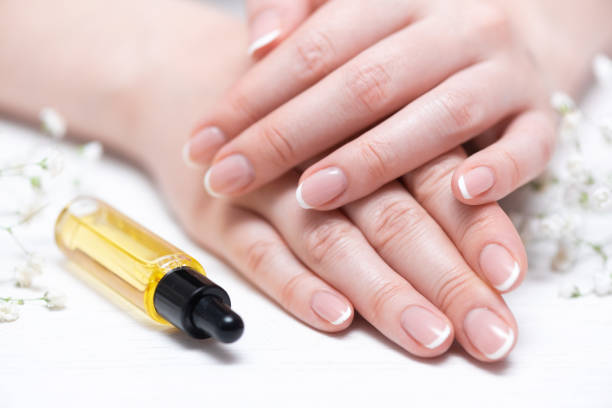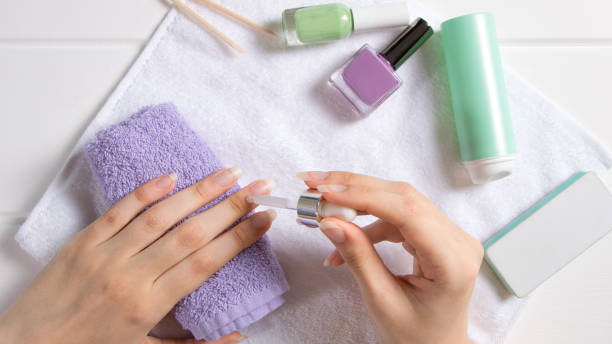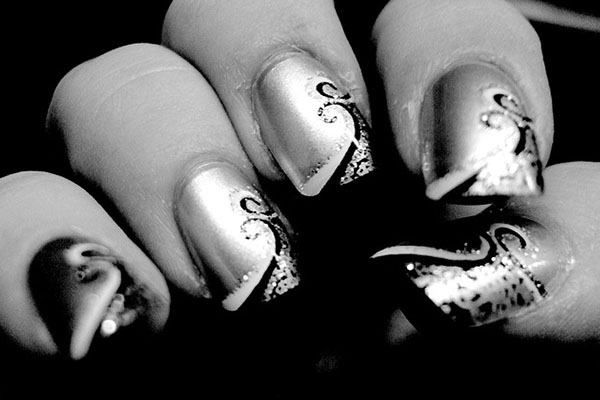The thin skin flap that lines the edge of our nails is called the cuticle. It’s important to keep your nails well-maintained because it serves as a barrier against infection and stops bacteria from entering our skin when new nails grow in.
But maintaining the health of our nails requires more than just a balanced diet. Cuticle oil is the go-to product when your nails begin to appear chapped, cracked, or dry because they are constantly exposed to the elements.
Learn more about cuticle oil’s functions and application techniques by reading on.
Table of Contents
What is Cuticle Oil?
To hydrate and moisturize the nail bed, use cuticle oil. While the ingredients in each product vary, they are typically a blend of natural vegetable oils, including avocado, coconut, and almond oil as well as vitamin E. Vitamin E softens the skin and aids in the healing of scars and other skin damage.
What Does Cuticle Oil Do?
Protects the Nail Beds
Emollients, which function as a barrier to keep moisture around the cuticle area locked in, are used in the formulation of cuticle oils. We all use our hands frequently on a daily basis, and as a result, our nails can sustain significant damage. If you have brittle, weak tips, it helps to have some sort of buffer layer that simultaneously feeds your nails with fatty acids and antioxidants.
Softens & Moisturizes the Skin
Your cuticles can be softened, moisturized, and hydrated with cuticle oil. Imagine doing it the same way you would moisturize your skin. Cuticle oil can moisturize and soften the skin around your nails, just like a good face cream can do for your complexion.
Encourages Nail Growth
Nails that have been moisturized typically grow more quickly. Taylor also claims that massaging cuticle oil into the skin can increase blood flow, which can support strong nail growth.
Helps Nail Polish Dry Faster
As a quick-drying method, oil can also be applied over wet nail polish.
Prevents Hangnails
A painful piece of skin by the nail bed, also known as a hangnail, can develop when your dead skin is at its maximum level. “Cuticle oil helps prevent dead skin from growing onto the natural nail,” Taylor continues, which can stop those jagged frays from developing (along with swollen, stinging fingers).
Adds Shine
There is a purpose other than nail health for which nail technicians apply cuticle oil. Rich oils are applied to the skin and freshly dried polish to enhance shine and prevent premature chipping or cracking of your new manicure.

How to Apply Cuticle Oil?
Clean Cuticles
Wash hands thoroughly, paying particular attention to the nail beds and fingertips. The cuticle can be made softer by soaking it in warm, soapy water several times a week (just like at the nail salon).
Groom Cuticles
This step is optional, but it should be mentioned: After softening your cuticles, you can use a cuticle pusher to gently push them back if you prefer the appearance of manicured cuticles. Then trim any hangnails or extra skin. It is not advisable to cut your cuticles because it could make you sick.
Apply Cuticle Oil
Cuticle oil may come with various types of applicators. It is ideal to rub it into each finger’s cuticle and to do so after washing your hands, but you are free to do so whenever you like. You can apply a few drops with a cotton ball if your cuticle oil doesn’t come with an applicator.
Massage Cuticle Oil In
Spend a little extra time massaging the oil into each cuticle. This indulgent little gesture makes sure the oil is completely absorbed, preventing greasy fingerprints from appearing throughout the house. (Simply remove any excess with a tissue or clean cloth if you’ve applied too much. Additionally, it will aid in the previously mentioned circulation and nail development.
When to Use Cuticle Oil?
In a fantasy world, you would rub some in after each handwashing to prevent drying out. A drop of the good stuff will also be adored by naked nails. It can be used as a base coat before painting your nails, but make sure it’s completely absorbed or your polish won’t stick well. Apply cuticle oil to your cuticles whenever they seem dry.
Close Note
Your cuticles need the utmost care because of how much wear and tear they endure. Good cuticle oil can keep them happily hydrated since that important seal of skin, despite being tiny, needs a lot of moisture. And when your cuticles are flourishing, your nails look strong, healthy, and appropriately prepared for a bright polish.
FAQ
How Long Should You Leave Cuticle Oil On?
Cuticle oil can stay on until you wash your hands again once it has been absorbed into the skin; the longer it stays on, the better. If applying before nail polish, make sure the oil has been fully absorbed first; otherwise, the polish won’t set properly.
Does Cuticle Oil Help With Nail Fungus?
By promoting blood flow and keeping the nails nourished, cuticle oil can stop nail fungus and infection by preventing cracks where fungi and bacteria can enter. If an oil contains ingredients (like coconut or tea tree oil) that have antibacterial properties, it might be able to treat nail fungus, but the effectiveness will depend on how much of each ingredient is present.
Does Cuticle Oil Expire?
Cuticle oil can go bad even though oils last longer than the majority of other products. Keep an eye out for any manufacturer-recommended dates on the packaging, as well as any changes in consistency, color, or odor. If exposed to oxygen repeatedly over time, some ingredients may also lose some of their potency.





